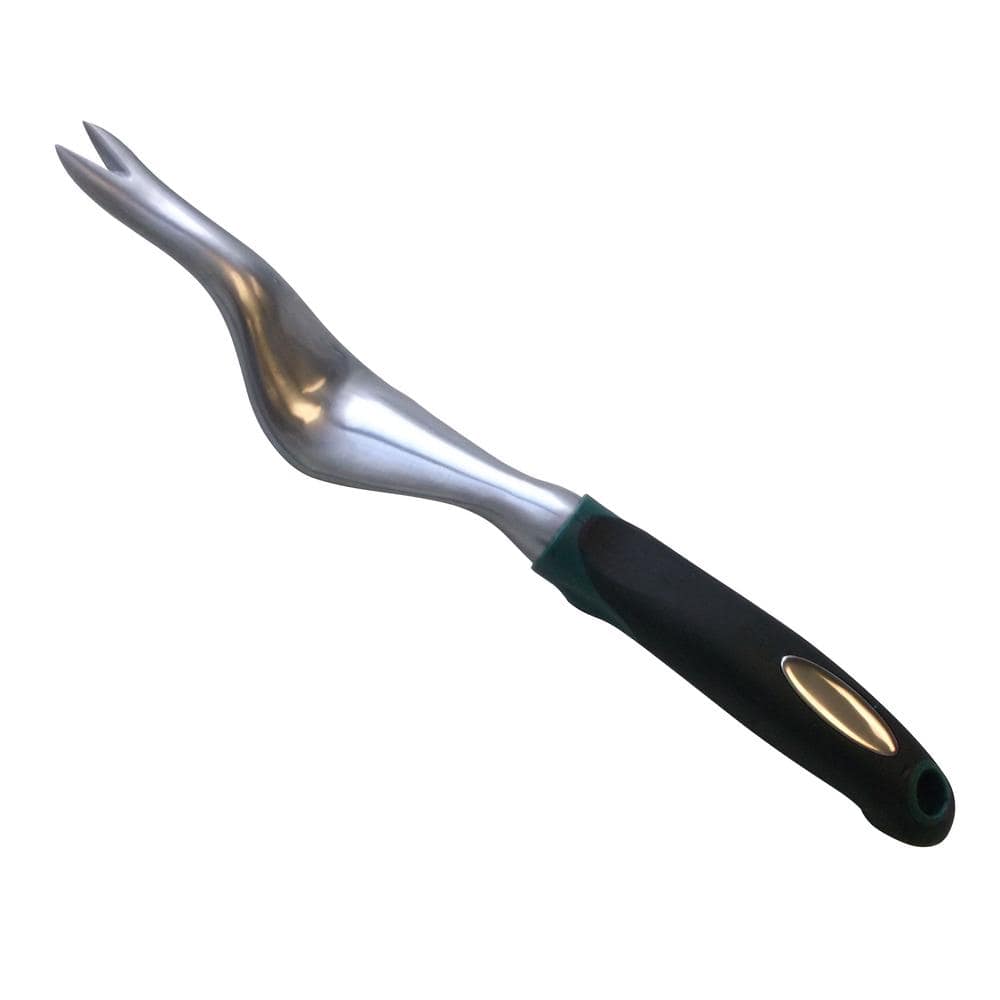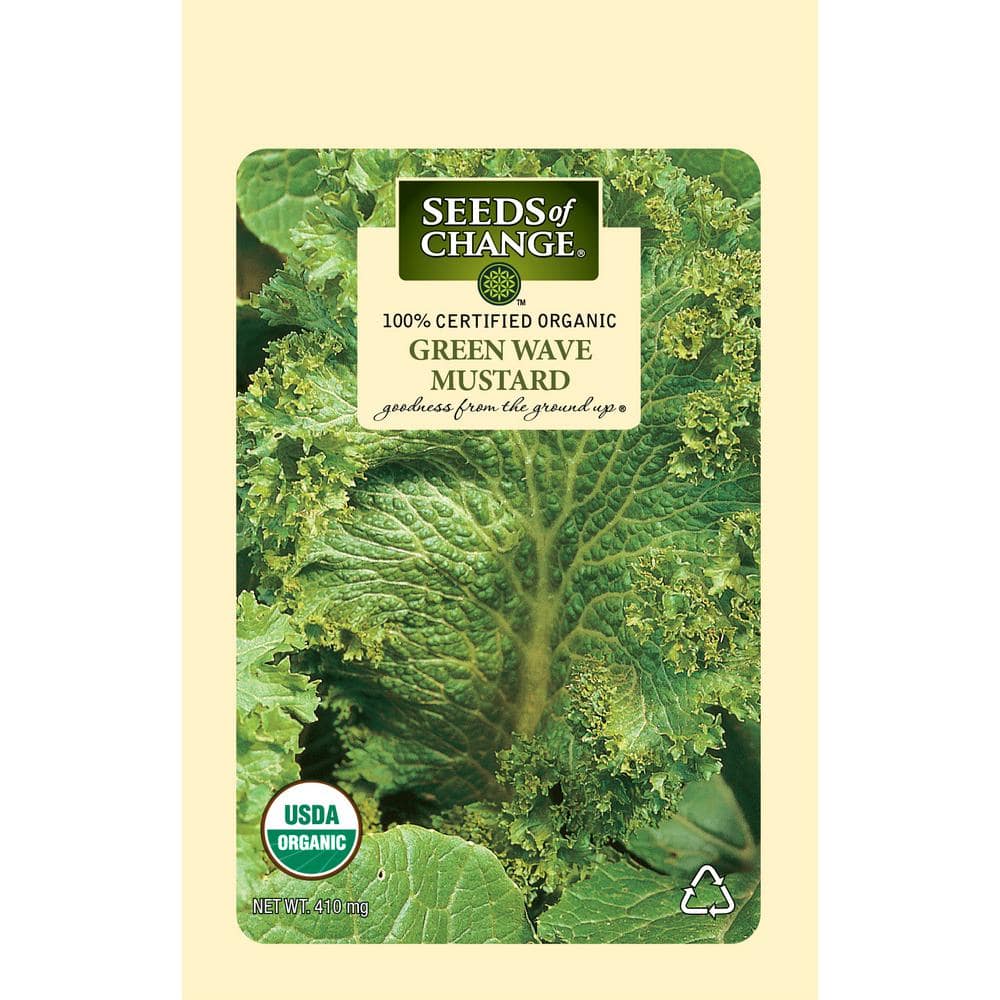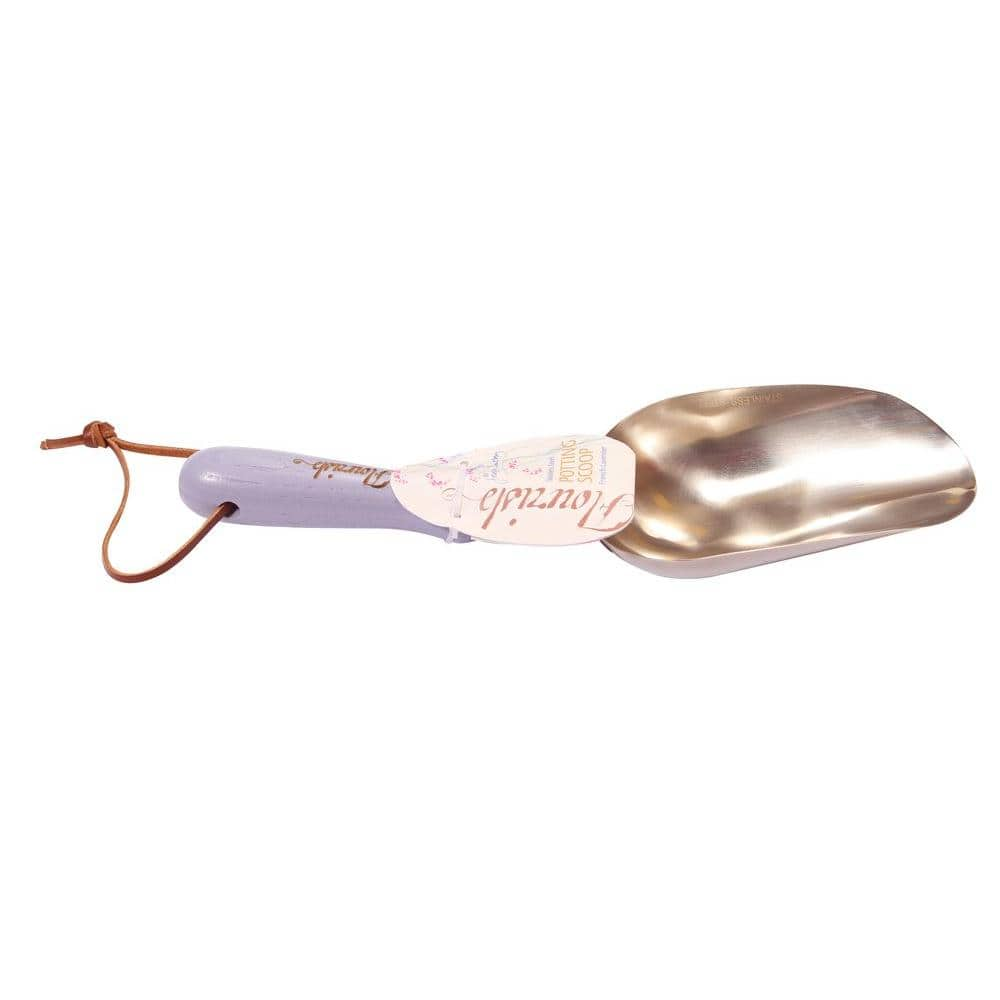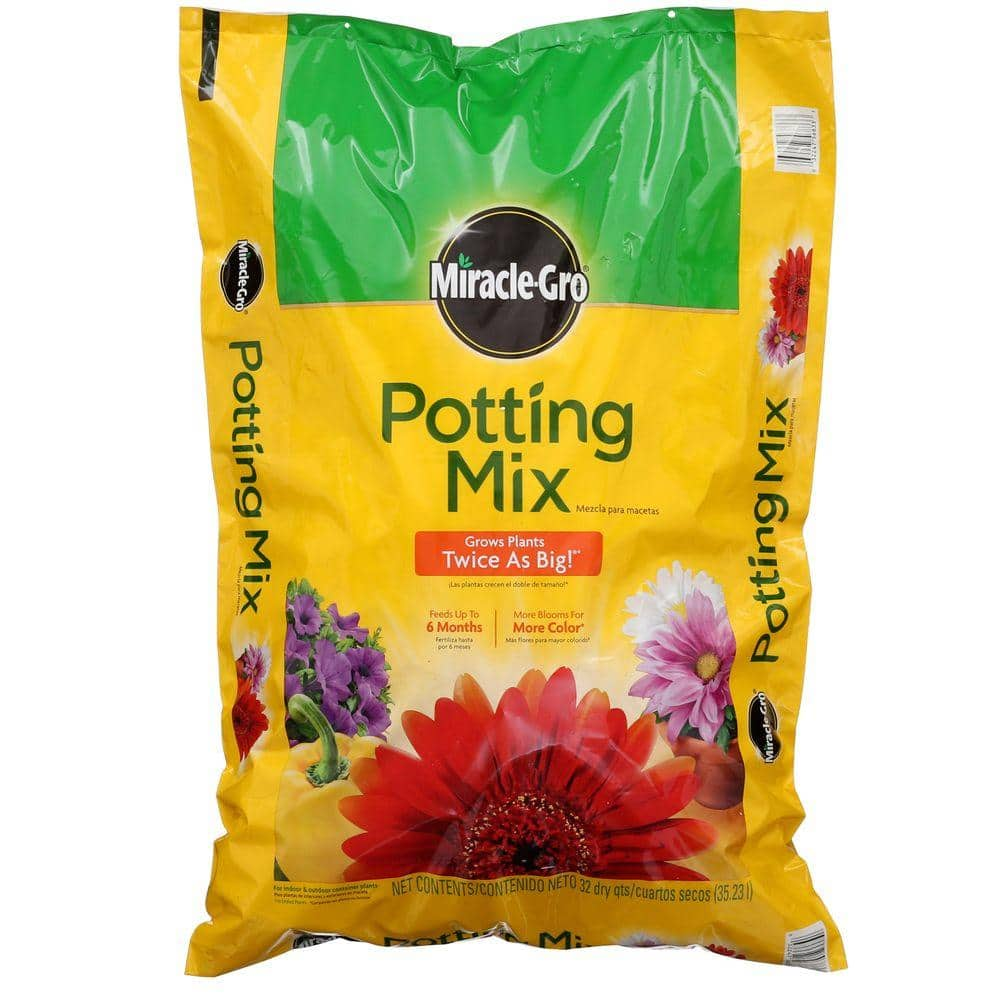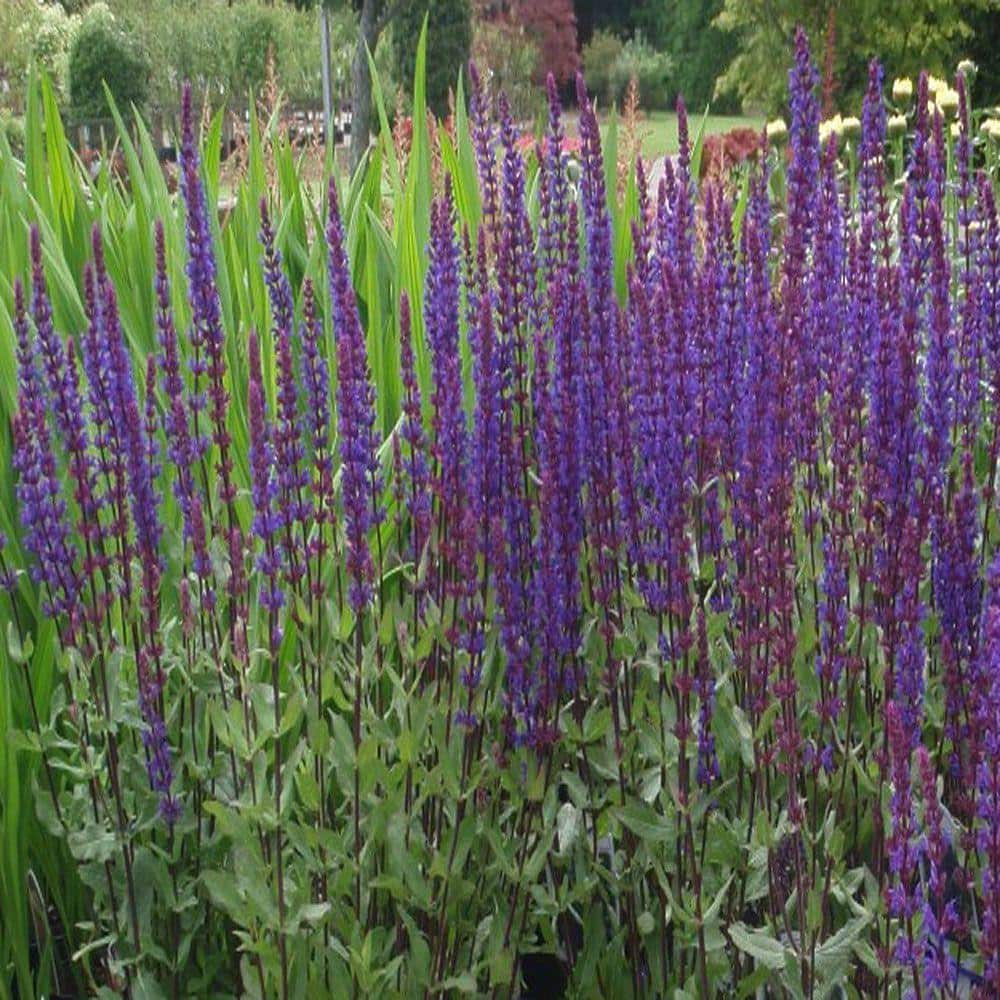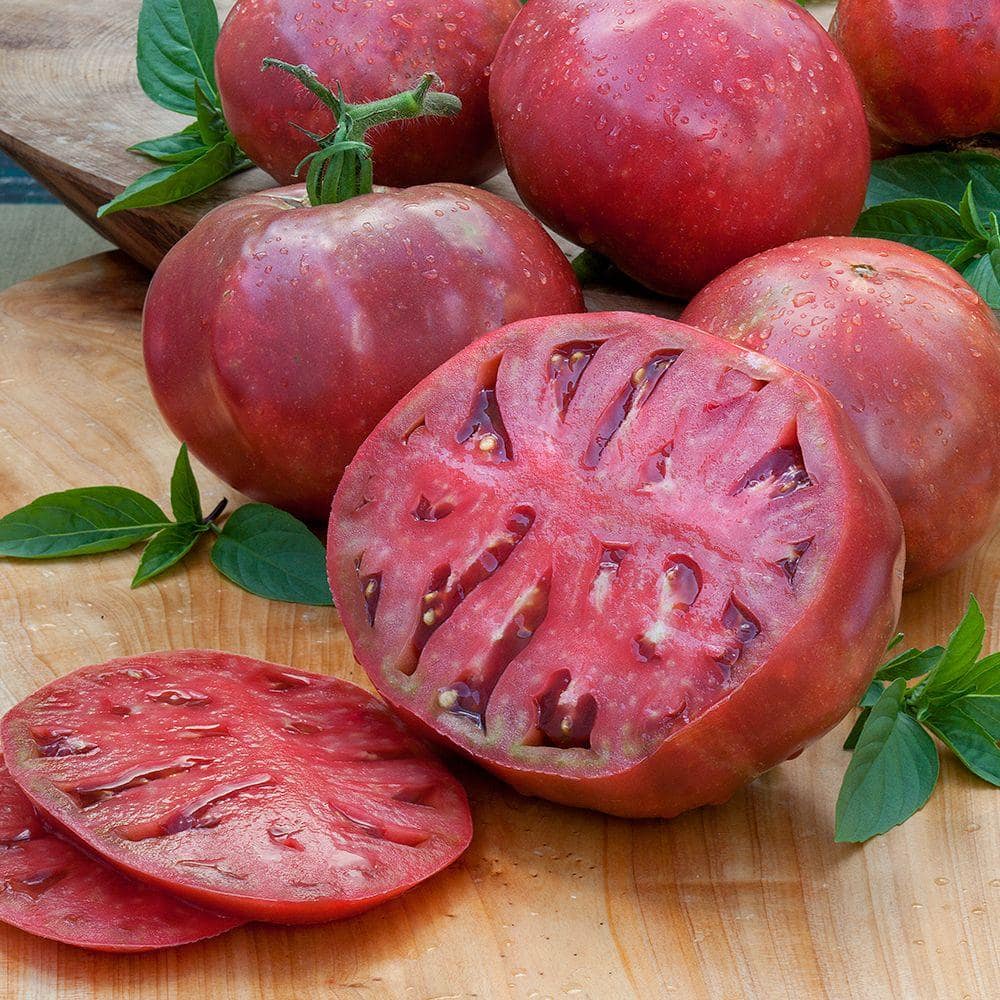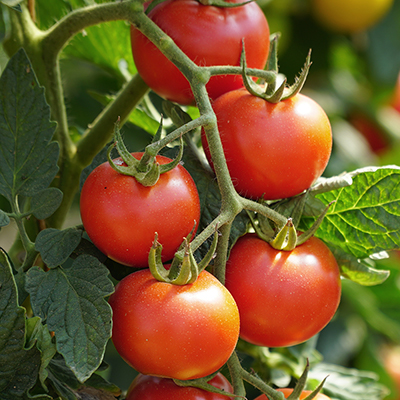Easy Growing Edibles for Your Small Space Garden

Last updated September 7, 2023
Grow an edible garden just outside your door with pots full of vegetables and herbs. Small-space gardening is easy when you use large containers, well-draining potting mix and quality vegetable seedlings.
Read on to discover more about edibles to plant in your patio garden.
Table of Contents
Get Started Growing Edibles
Chile Peppers
Corn
Cucumbers
Green Beans
Kale
Get Started Growing Edibles

Follow these tips for growing edibles in containers:
- Select a full sun to part sun site. More sun equals more produce.
- Begin with a large planter, at least 15 inches deep and wide. Make sure it has drainage holes.
- 5-gallon Homer buckets can be used to grow some edibles like tomatoes and peppers.
- Fill with good quality organic potting mix.
- Be mindful of excessive heat and wind. Move plants around for the best location and stake, if needed.
- Make a plan to water. Vegetables need frequent hydration.
- Drip irrigation and self-watering containers will save you from watering every day.
- Treat pests with organic methods. This close to your living space, you'll want to hand-pick pests and seek gentle remedies to protect your produce.
- Invite pollinating and other beneficial insects to the party by planting flowers like marigolds and zinnias nearby.
Chile Peppers
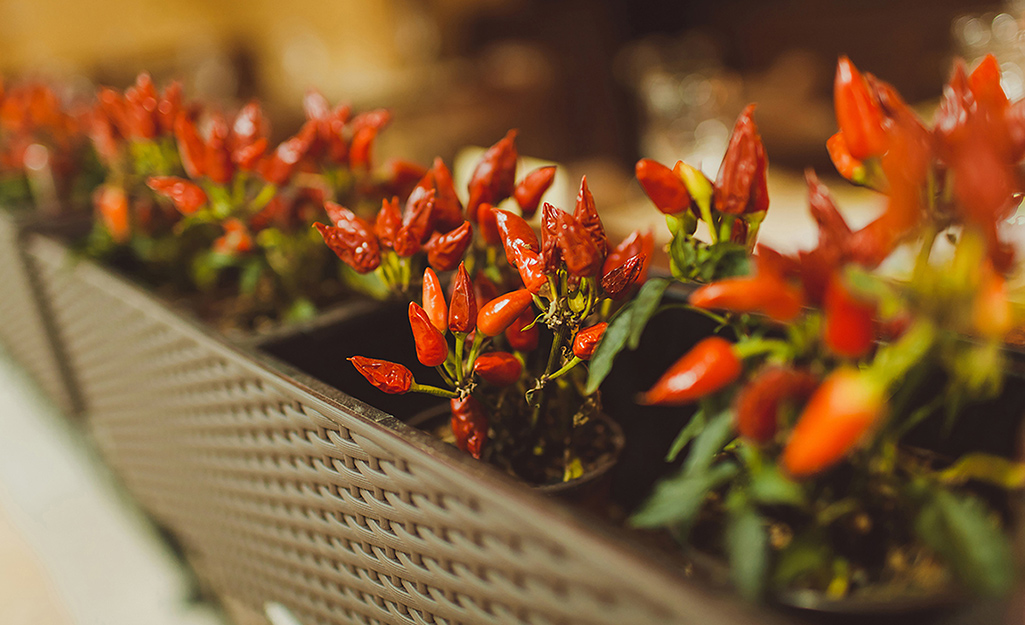
Chile peppers are a natural for the patio or balcony. Banana peppers, jalapeños or poblanos will all thrive in the heat of the summer. Start seeds indoors in late winter or purchase seedlings to plant after all danger of frost in spring. Freeze or dry chile peppers to preserve the harvest.
Corn
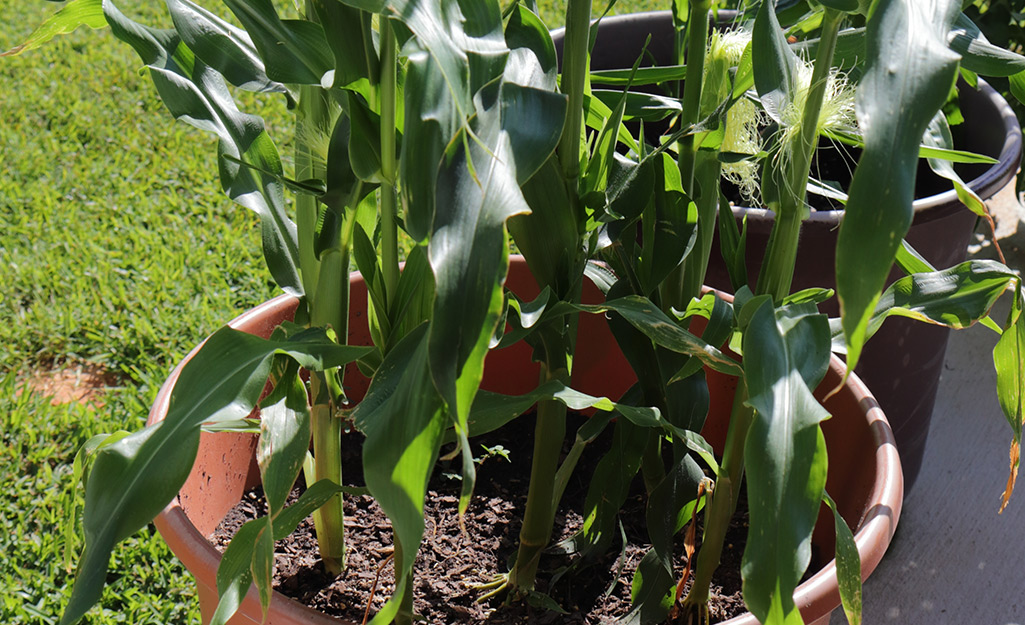
Yes, you can grow corn in a planter. Start with a seed variety that’s bred for container success and follow directions on the packet. Container-grown corn needs a big planter, at least 24 inches wide, and routine doses of fertilizer during the growing season. Still, for small space gardeners who love sweet, crisp, summer-fresh corn, the reward is worth the extra work.
Learn more about growing corn.
Cucumbers

Start your cucumber patch by directly sowing seeds in pots, or plant seedlings after all danger of frost. Be sure to trellis or stake the cucumber plants before they take off. Water frequently and early in the day. Fresh-picked cucumbers are tasty raw or lightly pickled, and absolutely delicious thinly sliced and layered in sandwiches.
Learn more about growing cucumbers.
Green Beans
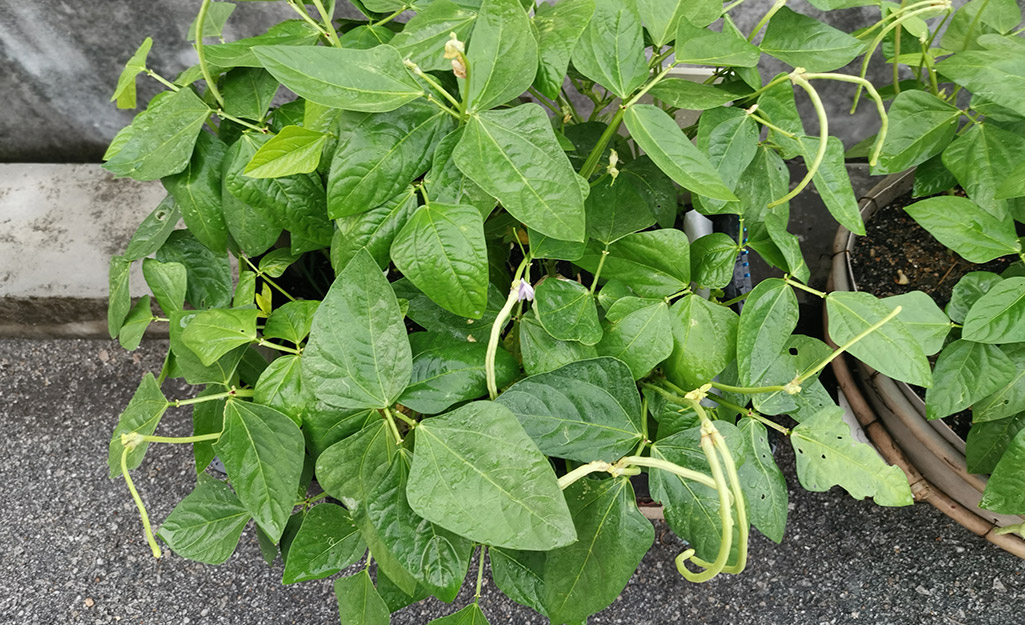
Green beans come in vining and bush type varieties. The flavor of the beans may be the deciding factor on which kind to plant; vining plants are easily trellised and bush type varieties are carefree. You can start beans from seeds, thumbing in the seeds about three inches deep and three inches apart. Seeds will germinate in about a week.
Like most vegetables, feed growing beans with an all-purpose organic fertilizer about once a month.
Kale

Plant kale seeds and seedlings in containers for easy access to a favorite green for salads and cooking. For tender baby kale leaves, sow every two to four weeks and harvest when the plants are four to six inches tall. In many hardiness zones, you can grow kale in warm and cold seasons. Follow seed packet directions for best results.
Lettuce
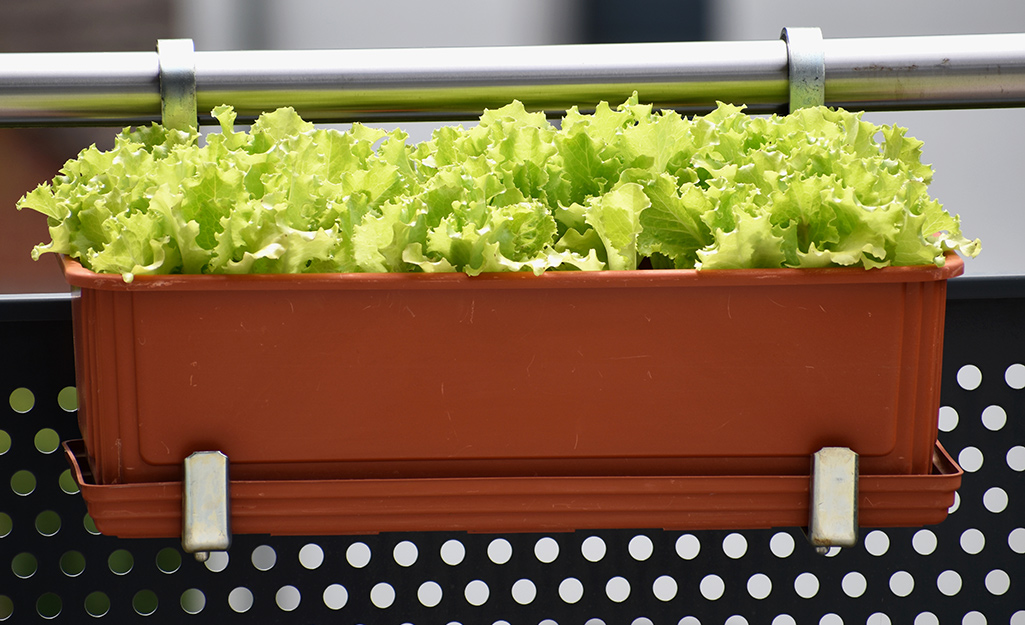
Lettuce roots grow dense and shallow, perfect for sowing a mini salad garden in patio planters. Even if in a part sun site, lettuce will thrive. Plus, leaves are ready to harvest early in spring, making it an ideal crop to grow before you fill out your garden with tomatoes and peppers that need warmer weather.
Lettuce is a good choice for growing in a window box or deck rail planter. Learn more about growing lettuce.
Okra
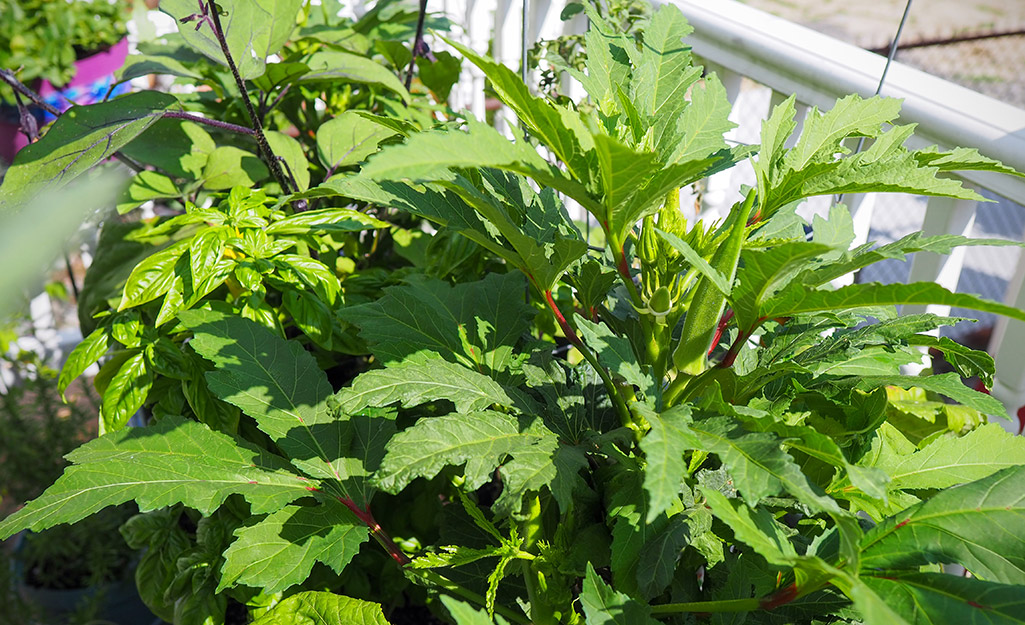
Even if you’re not a fan of okra pods served as a vegetable, you might enjoy growing okra for its colorful blooms. Okra is part of the hibiscus family and its blooms are worth keeping the plant in your garden. Of course, if you love gumbo, you’ll want to grow okra to make a big pot of stew.
For best results with growing okra, look for “dwarf” varieties of seed and plant in a container that’s at least 24 inches wide. Okra needs a full sun site and plenty of water, but you’ll be rewarded with fruit after about 50 days from seed to harvest.
Peppers
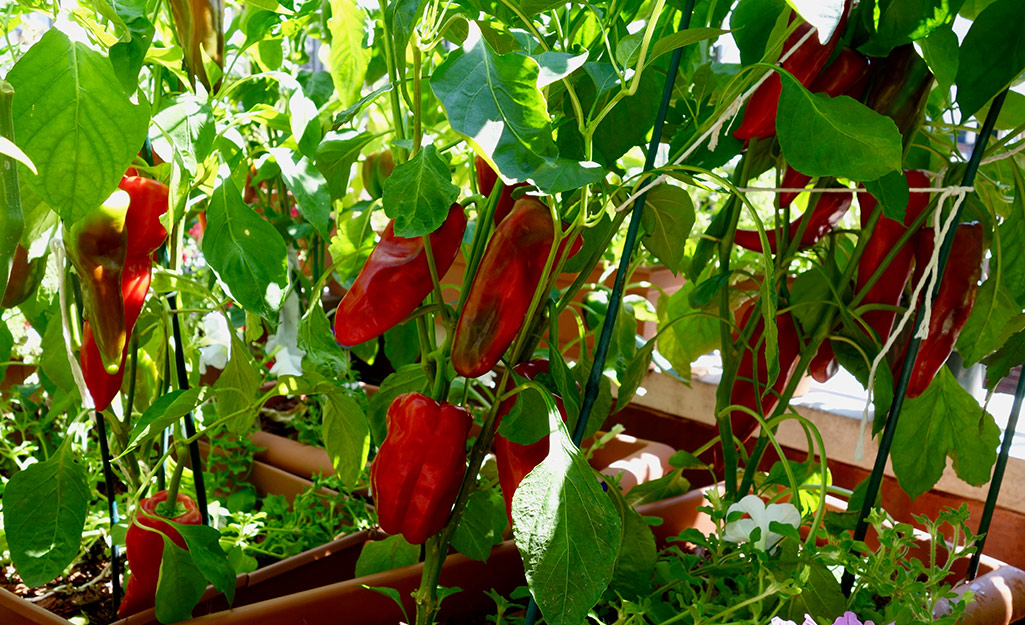
Peppers are easier to grow than tomatoes and are a perfect edible for the beginner gardener. Bonus: you'll find that peppers are as pretty as they are tasty. Watch as these jewel-colored veggies grow and turn from green to vibrant shades of red, yellow and orange. Plant pepper seedlings in containers after the last frost in your area. Check your regions date of last frost in spring.
Peppers like full sun, plenty of fertilizer and lots of water. Start them off with soil amended with good quality organic compost. Learn more about growing peppers.
Summer Squash and Zucchini
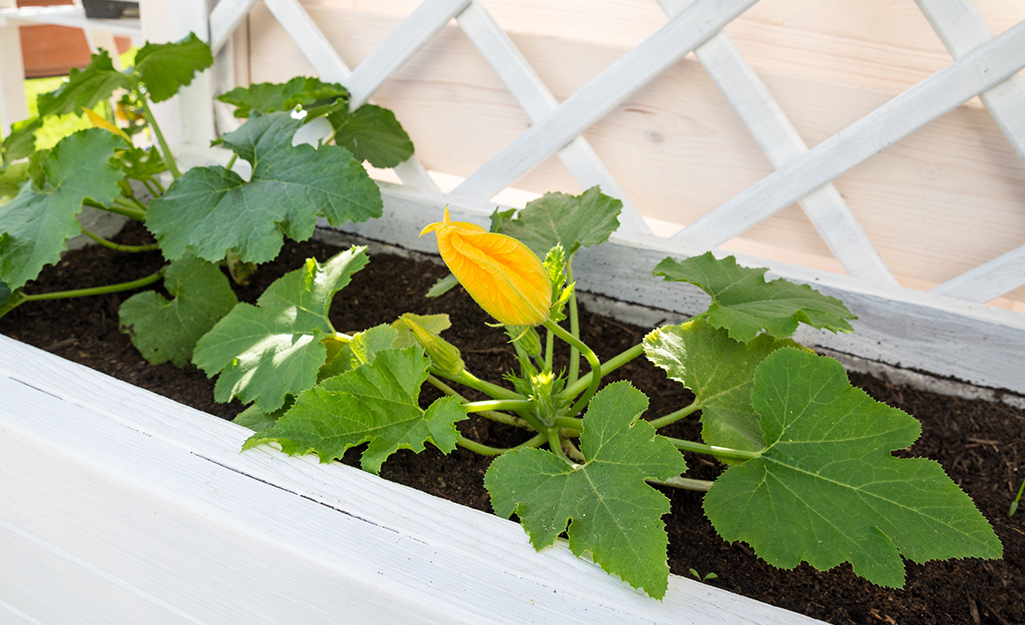
Well, why not grow zucchini or summer squash on your patio? If your site has enough sun and space, go ahead and pop zucchini seeds or seedlings into a container and watch what happens. On the seed packet or plant tag, look for mature height and spacing suggestions to give the plants room to grow.
Zukes and summer squash produce lovely blooms. Harvest them for a treat, such as fried, stuffed zucchini blossoms.
Tomatoes
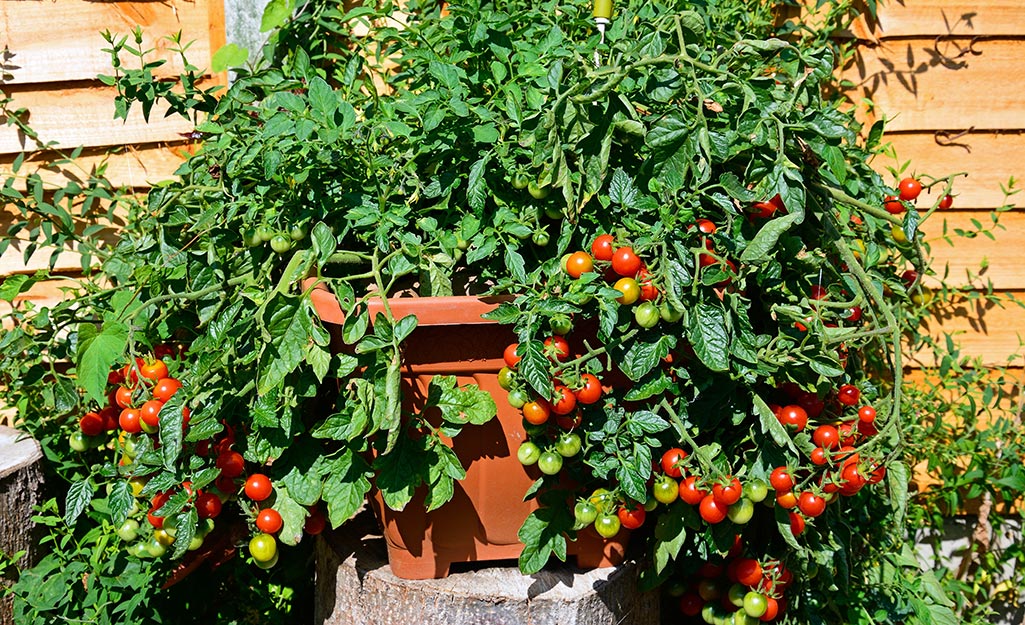
Bush types of tomatoes are best for the porch or deck, but rambling, indeterminate varieties can work, too, just be sure to stake or cage them. Fertilize with an organic all-purpose fertilizer often and keep an eye out for pests like tobacco hornworms.
Slicing tomatoes like "Better Boy" will give you something to look forward to late in the summer, while cherry tomatoes will produce right away. With the container just a few steps from the kitchen, access to the salad bowl is that much easier. Learn tips for growing the best tomatoes.
Herbs
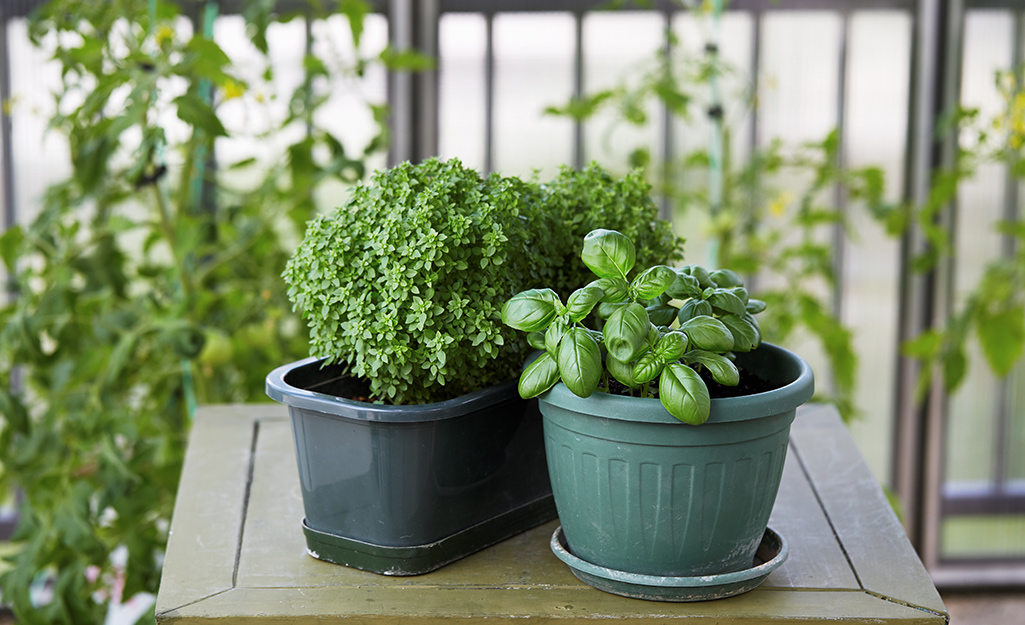
Herbs are called gateway plants for a reason. If you’re interested in growing edibles, start with a few pots of herbs on your patio. In cool seasons, chives and cilantro are steady performers, but if you’re looking for a top performer, start with basil.
More than any other herb, basil speaks of hot summer days and spicy summer nights. Kitchen gardeners make pesto from bunches of garden-fresh basil, and tuck leaves into fresh-squeezed lemonade for a little extra kick. Basil needs six to eight hours of sun each day. Feed regularly with an organic all-purpose plant fertilizer, and top with mulch to help retain moisture.
More herbs to grow in your small space container garden:
- Basil
- Chamomile
- Chives
- Cilantro
- Dill
- Lavender
- Lemon Verbena
- Lemongrass
- Marjoram
- Mint
- Oregano
- Parsley (flat leaf & curly)
- Pineapple sage
- Rosemary
- Sage
- Tarragon
- Thyme
You can grow a vegetable garden just outside your door with pots of edibles on a patio or balcony. Start with the best plants and seeds, feed and water them and enjoy a summer full of your favorite vegetables and herbs. Whether you need the right planters, seeds or potting soil, The Home Depot delivers online orders
when and where you need them.
